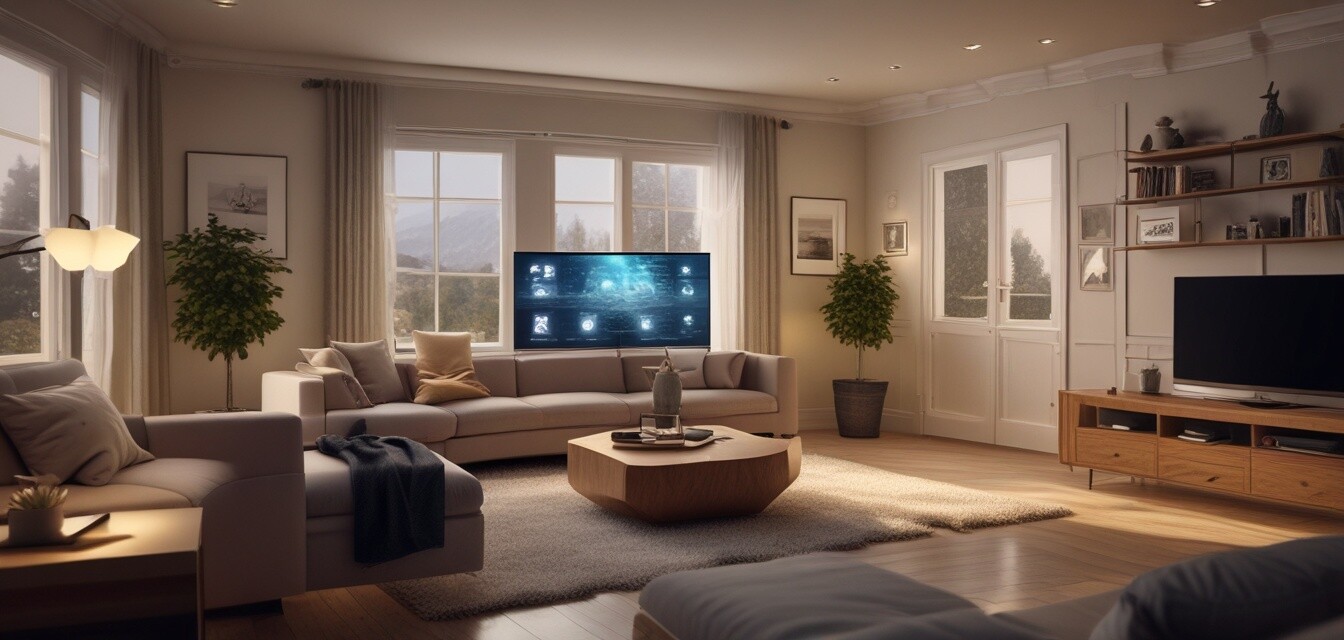
The Integration of Smart Home and Aging Services
Key Takeaways
- Smart home technology enhances the independence of seniors.
- Integration of health monitoring improves safety and well-being.
- Home automation simplifies daily tasks for older adults.
- Emerging trends showcase innovative solutions for aging services.
- Future advancements in technology will continue to improve senior living.
The integration of smart home technology into aging services is transforming how we support seniors at home. By leveraging innovative gadgets, these solutions aim to enhance safety, promote independence, and make daily routines easier for older adults. This article explores various aspects of this integration and its implications for seniors and their caregivers.
Understanding the Smart Home Landscape
Smart home technology encompasses a variety of devices and systems designed to automate and enhance everyday activities. These gadgets range from simple home assistants to advanced health monitoring systems. By streamlining tasks and providing peace of mind, smart home solutions are instrumental for seniors who wish to maintain their independence.
Categories of Smart Home Devices
| Device Category | Description |
|---|---|
| Connected Home Assistants | Voice-activated devices that help with tasks such as setting reminders, controlling other smart devices, and providing information. |
| Health Monitoring Devices | Wearable gadgets and sensors that track health metrics to ensure senior safety and respond to emergencies. |
| Home Security Solutions | Cameras, alarms, and smart locks that enhance the security of the home environment. |
| Smart Entertainment Systems | Devices that provide easy access to media and entertainment with a focus on usability for seniors. |
| Smart Lighting Systems | Automated lighting solutions that can be controlled remotely or set on schedules for convenience and safety. |
The Role of Aging Services in Smart Technology Integration
Aging services play a vital role in facilitating the effective integration of smart home technology into the lives of seniors. These services assess the needs of older adults and recommend suitable technological solutions that cater to their unique requirements.
Benefits of Integration
- Enhanced Safety: Safety monitoring systems ensure quick responses in case of emergencies.
- Increased Independence: Seniors feel more in control of their environments, reducing reliance on caregivers.
- Improved Quality of Life: Smart technology can help manage daily routines, making life easier and more enjoyable.
- Streamlined Caregiving: Caregivers benefit from monitoring systems that can alert them to changes in their loved one’s well-being.
Emerging Trends in Smart Home Technology for Seniors
As technology continues to evolve, we see exciting trends emerging in smart home devices specifically designed for seniors. Let's delve into what's new in this space:
| Trend | Details |
|---|---|
| AI-Powered Assistance | Incorporating AI to provide smart responses and proactive suggestions based on patterns of behavior. |
| Remote Care Services | Facilitating remote health consultations and monitoring through smart devices, improving accessibility to healthcare. |
| Enhanced Interoperability | Devices that work seamlessly together to provide comprehensive, user-friendly solutions for seniors. |
| Focus on Usability | Technological devices designed specifically for ease of use by seniors, avoiding overly complex interfaces. |
Technology and Caregivers: A Collaborative Approach
The integration of smart home technology also impacts caregivers by providing tools that enhance caregiving approaches. This collaboration can lead to better monitoring, streamlined communication, and increased support, ultimately improving the lives of both seniors and caregivers.
Ways Smart Technology Supports Caregivers
- Real-Time Alerts: Instant notifications about changes in health or emergencies help caregivers act quickly.
- Data Sharing: Health data can be shared with healthcare professionals for better-informed decisions.
- Reduced Stress: Knowing that seniors are monitored can alleviate some caregiving pressures.
Pros
- Increases safety and security at home.
- Supports independence and self-care among seniors.
- Enhances communication between seniors and caregivers.
- Provides peace of mind for family members.
Cons
- Initial costs can be high for some devices.
- Learning curve for seniors unfamiliar with technology.
- Requires internet access, which might not be available for everyone.
Future Implications of Smart Home Technology for Seniors
The future of smart home technology for seniors is promising, with continued advancements expected to refine existing products and develop new solutions. Addressing the evolving needs of an aging population will guide manufacturers and service providers in creating better-integrated systems to support seniors' independence and well-being.
Conclusion
The integration of smart home technology into aging services represents a significant shift toward empowering seniors in their lifestyles. With enhanced safety, improved quality of life, and innovative developments on the horizon, this trend continues to be a vital part of supporting our aging population. Staying informed about these advancements can help families and caregivers make better decisions for their loved ones.
For more insights on smart home technology and its applications for seniors, you can explore our resources on Connected Home Assistants, Health Monitoring Devices, Home Security Solutions, and Tips and Advice.